Creatives open up about their process—and pushing back against generalizations.

4 AAPI Designers on the ‘Model Minority’ Myth
Cuyana's elevated essentials. 3.1 Philip Lim's sculptural tailoring. SVNR's pastiche jewelry. Dauphinette's floral chainmaille tops. Designers from the Asian American Pacific Islander (AAPI) community bring a rich, visual tapestry of cultures, values, and traditions to the fashion landscape. And yet the industry, which plays host to designers and models from all over the world, has long boxed their creativity into a single narrative. Of course, this isn't unique to the fashion industry—Hollywood is notorious for further a singular Asian experience.
But the AAPI community is not a monolith, and the limiting connotations that put all Asian Americans in the same group have fueled the tokenism that brands rely on to appeal to a wider audience. “The term AAPI represents a large number of different ethnicities, languages, and socio-economic positioning,” Philip Lim tells Glamour, explaining the need for people to recognize that Asian Americans and Asians living in Asia have different experiences.
Despite the systemic racism that Asian American designers have endured in the U.S., the fashion industry can still play an important role in elevating diversity and dispelling harmful generalizations about the community—and creatives from the AAPI community are now speaking out about the stereotypes, the microaggressions, and the racisms they've experienced.
The 150% increase in anti-Asian hate crimes has brought about a lot of grief for the community, especially surrounding the “model minority” myth that wrongfully assumes all Asian Americans are successful, respectful, and quiet. This is not the case, and reductive thinking keeps those most vulnerable from feeling seen or heard. Consider the fact that across the U.S, 1.7 million Asian Americans are undocumented, with one in four living below the poverty line in New York City. It should come as no surprise then that most hate crimes tend to go underreported. A statement from the Asian Pacific Policy and Planning Council shared that Stop AAPI Hate, a coalition created to prevent discrimination and violence against AAPI peoples during COVID-19, received nearly 1,500 reports of racism, hate speech, discrimination, and physical attacks against Asians and Asian Americans by spring of 2020 alone.
So much more needs to be done to course-correct the broad-sweeping ideologies about the Asian American experience, but designers like Philip Lim, Christina Tung, Shilpa Shah, Olivia Cheng, are pushing back in their own way—via fundraising initiatives, talks, mentorships—to make sure the community and the trauma it's lived doesn't remain invisible.
As we close out AAPI History Month, we caught up with these four creatives to learn more about how their heritage has shaped their current design ethos—and what the rise in hate crimes has meant for them on a personal, creative, or business level. Read their stories below.
Philip Lim, founder of 3.1 Philip Lim
“Whenever people ask how my Asian heritage or culture has influenced my work, I always say it’s the traits that are not seen immediately, but rather the traits that are experienced and felt within the design itself,” Philip Lim, whose Chinese parents immigrated to Southern California during the Cambodian genocide, tells Glamour. “In all Asian homes, we are taught early on the importance of upholding respect and value because it is an essential part of our culture. While we are taught to respect elders, family, and people, we are also taught to respect possessions and materials,” he says.
This mindfulness and dedication to craftsmanship is seen and felt in his designs. Whether you buy a sweatshirt dress or a smocked jumpsuit, Lim's pieces aren't those you grow out of, but rather grow with.
“Being a fully Asian American-owned brand, everything we do is to help further represent our community,” Lim says, adding that his goal is not to “churn out collections, but design meaningful moments and help tell important stories.” For over a year now, Lim's been using his platform and global reach as a designer to raise awareness about the vicious hate anti-Asian hate crimes and support the community's most vulnerable. In February, he helped set up the AAPI Community Fund with Go Fund Me's chief marketing officer Musa Tariq. The fund acts as a fundraising hub for those looking to uplift and give back to the community, and it's received overwhelming support from other well-known fashion figures like Eva Chen and Prabal Gurung. If you want to donate or read more about the project, you can do so here.
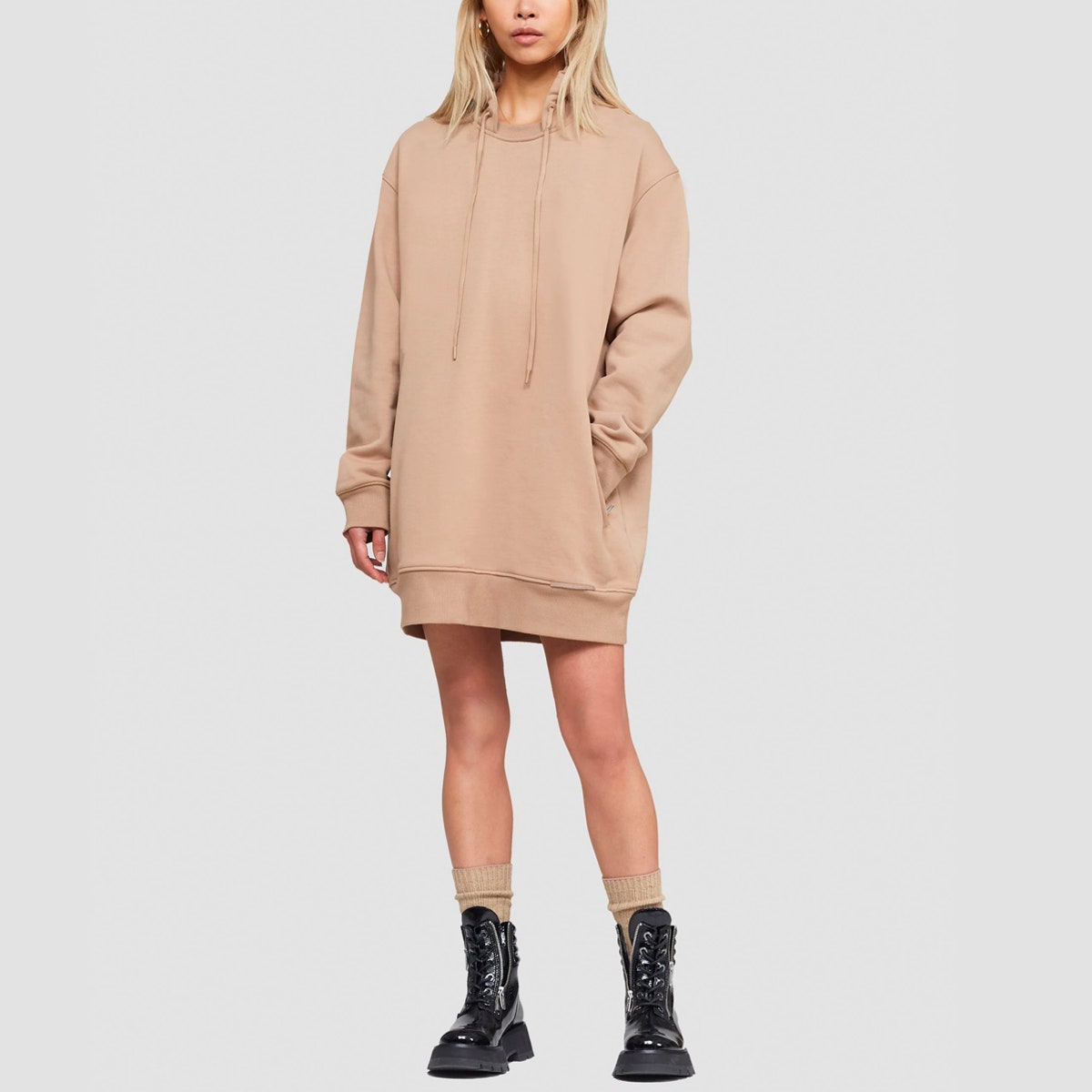
3.1 Philip Lim The Live-In Sweat Dress
$2503.1 Philip Lim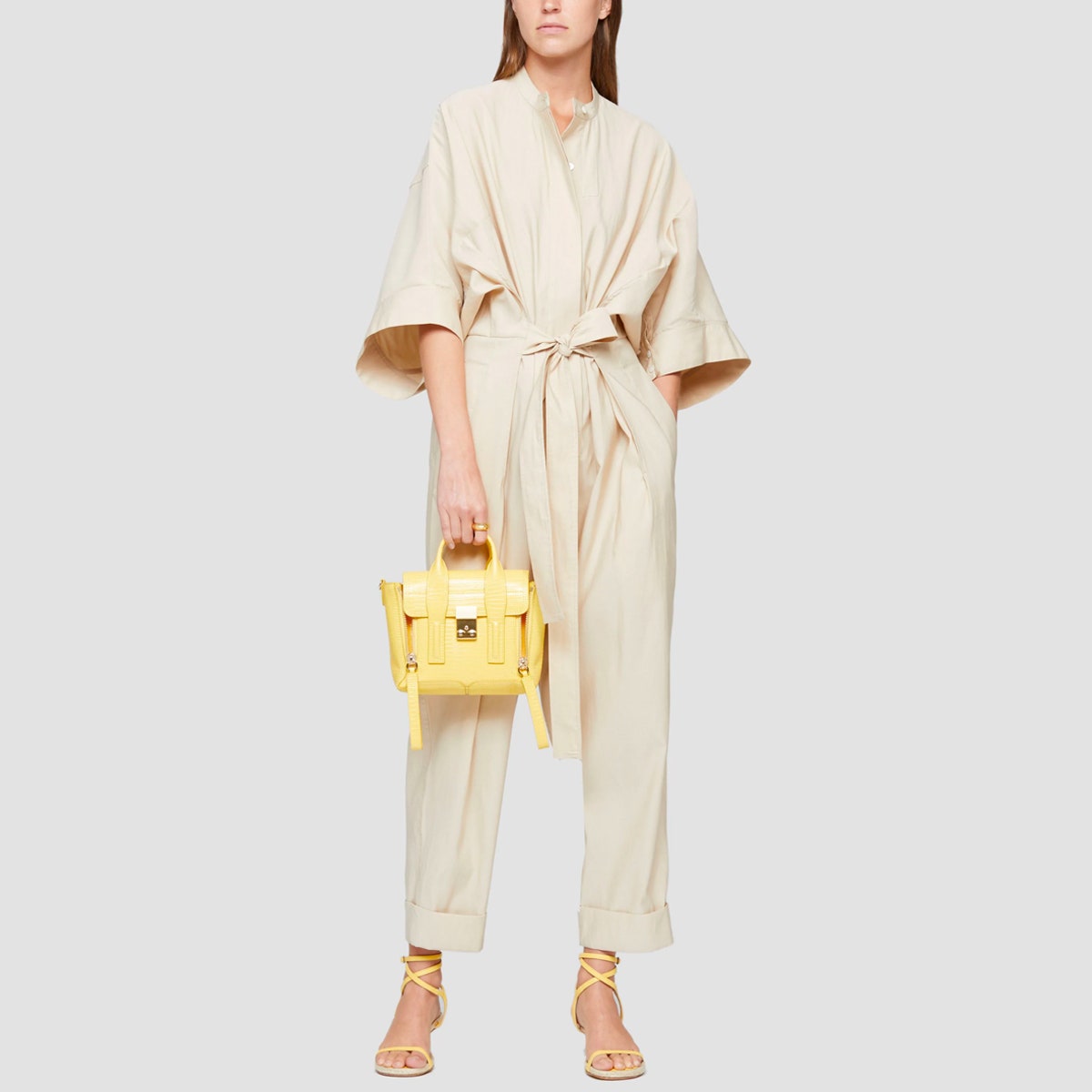
3.1 Philip Lim Smocked Waistband Jumpsuit
$6503.1 Philip Lim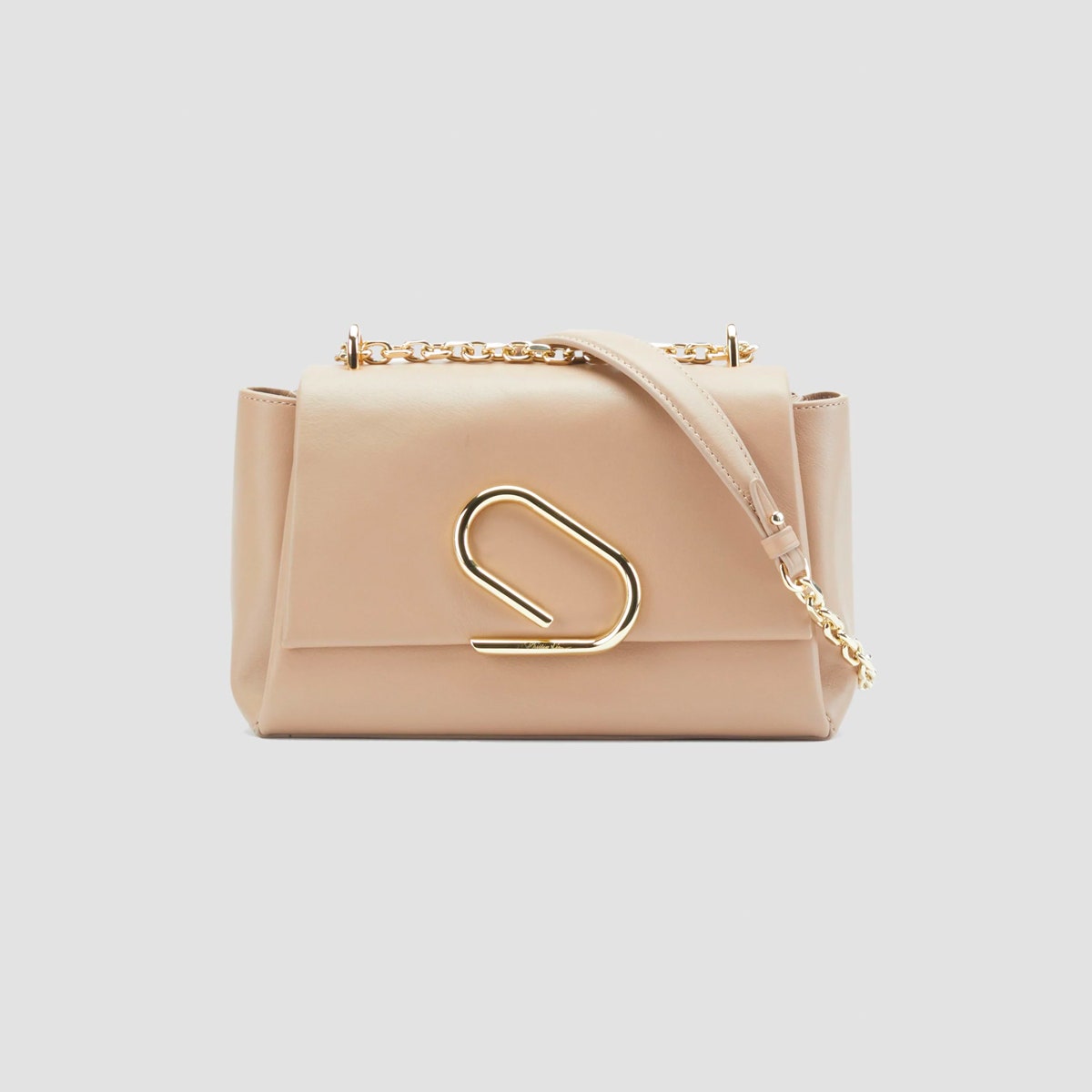
3.1 Philip Lim Alix Soft Chain Bag
$6953.1 Philip Lim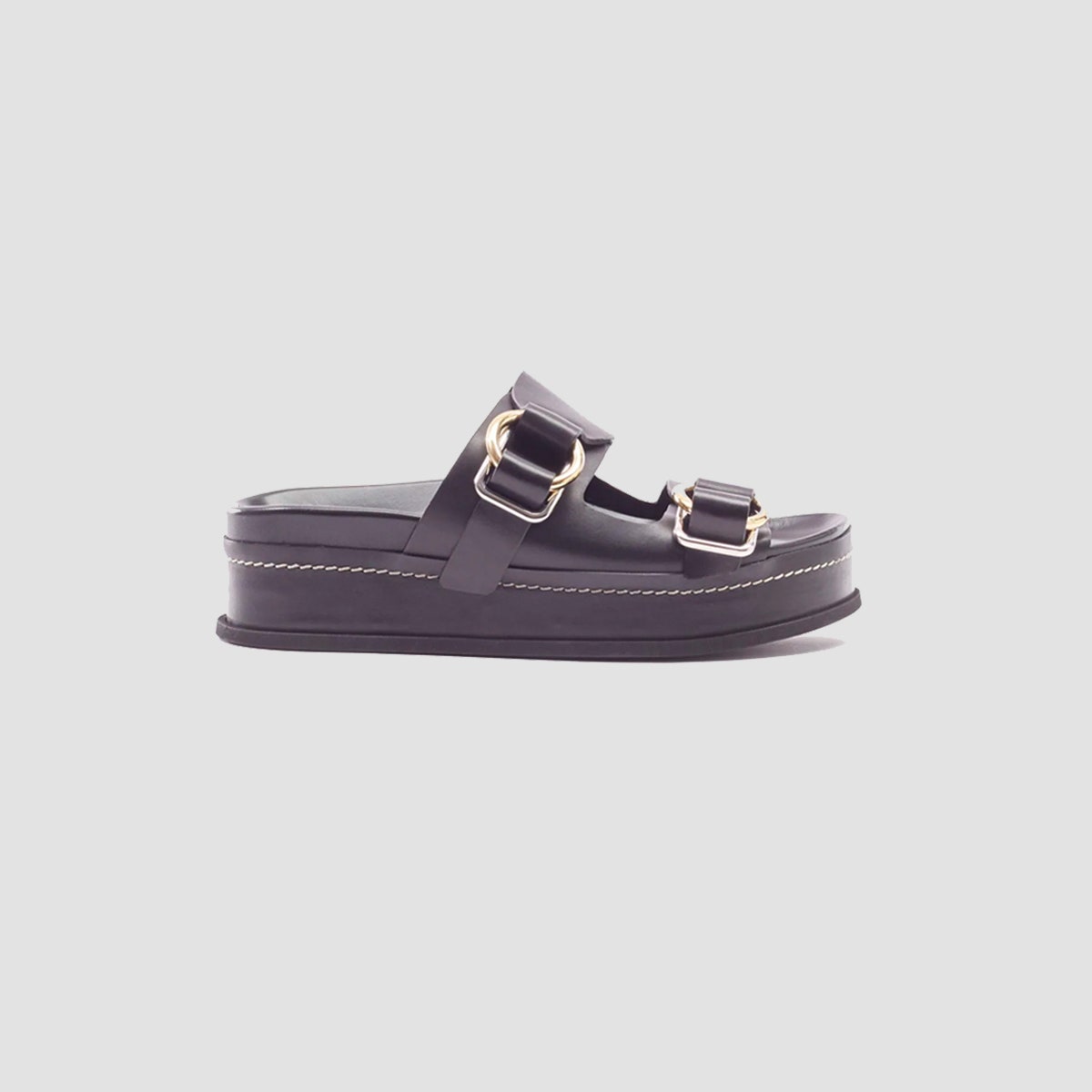
3.1 Philip Lim Fredia Double Buckle Slide
$5953.1 Philip LimShilpa Shah, co-founder of Cuyana
As South Asian American designer and entrepreneur, Shilpa Shah brings a thoughtful, layered approach to everything she does. “We think a lot about the materiality and the fabric,” Shah tells Glamour about Cuyana's design process, which was founded on the idea of buying less, but more of what you love so you keep wearing it. From its single-origin cashmere to its certified silk and leather, each part of Cuyana's supply chain is carefully considered. And the pieces you find (think buttery soft leather handbags, versatile knits, and elevated basics) are those you'd call modern wardrobe essentials.
Telling stories is at the core of the brand, Shah says, and is diversity is part of the fabric: Cuyana's leadership team is currently comprised of 80% women (75% of whom are of color) and the brand is eager to elevate its Made in China label as much as it is it's Made in Italy one.
If there's one thing to know about Shah, it's that everything she does is intentional, which is why the rise in anti-Asian hate crimes has been particularly jarring for her on a personal level. “It hits and hurts deeper when it's open than when it’s hidden,” she says. Fully aware of her success in the industry, Shah's wants to pay it forward by mentoring women of color. “The biggest thing about [being at helm of a brand] is becoming an example. I own the responsibility, and now it's about how do I show other women,” she says.
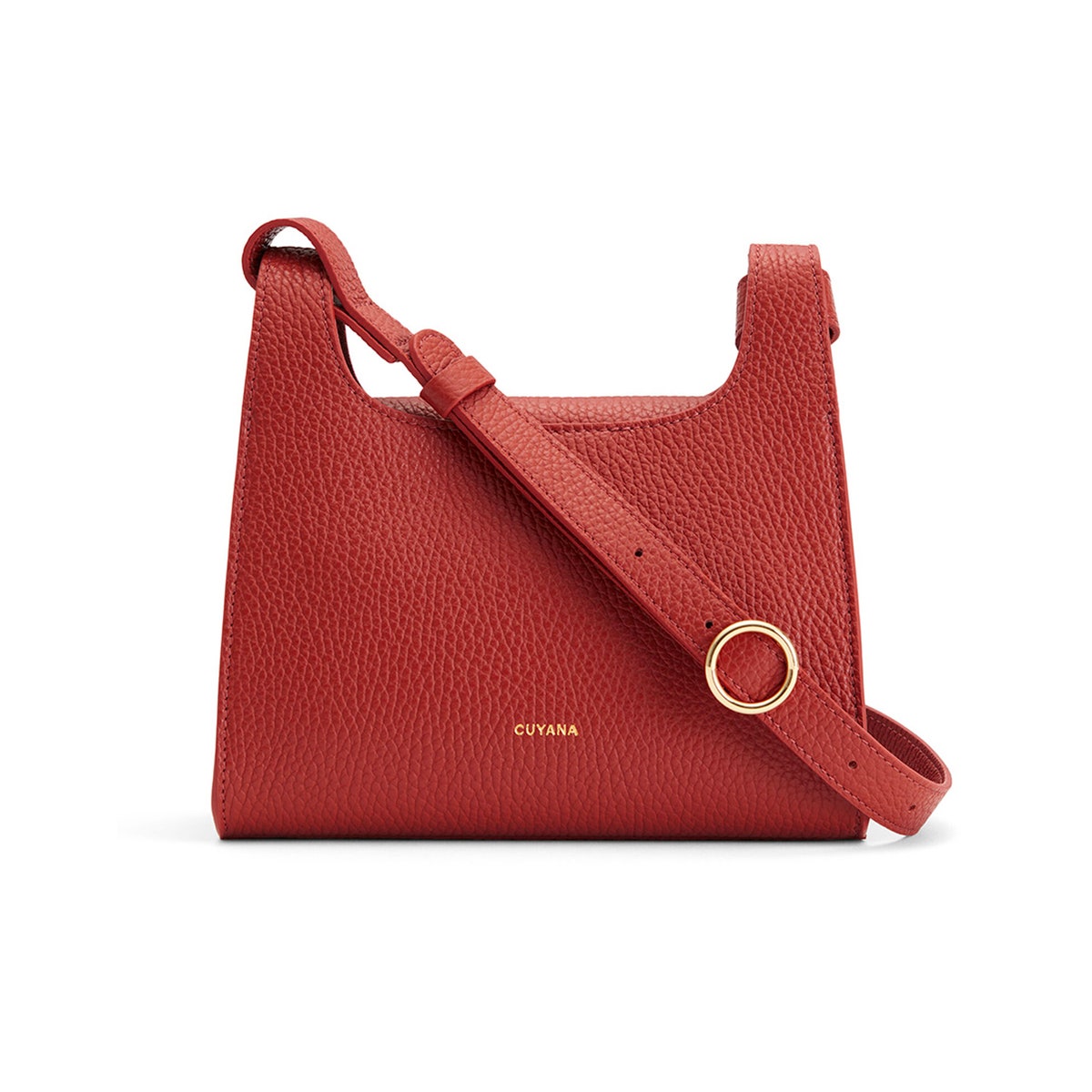
Cuyana Mini Double Loop Bag
$195Cuyana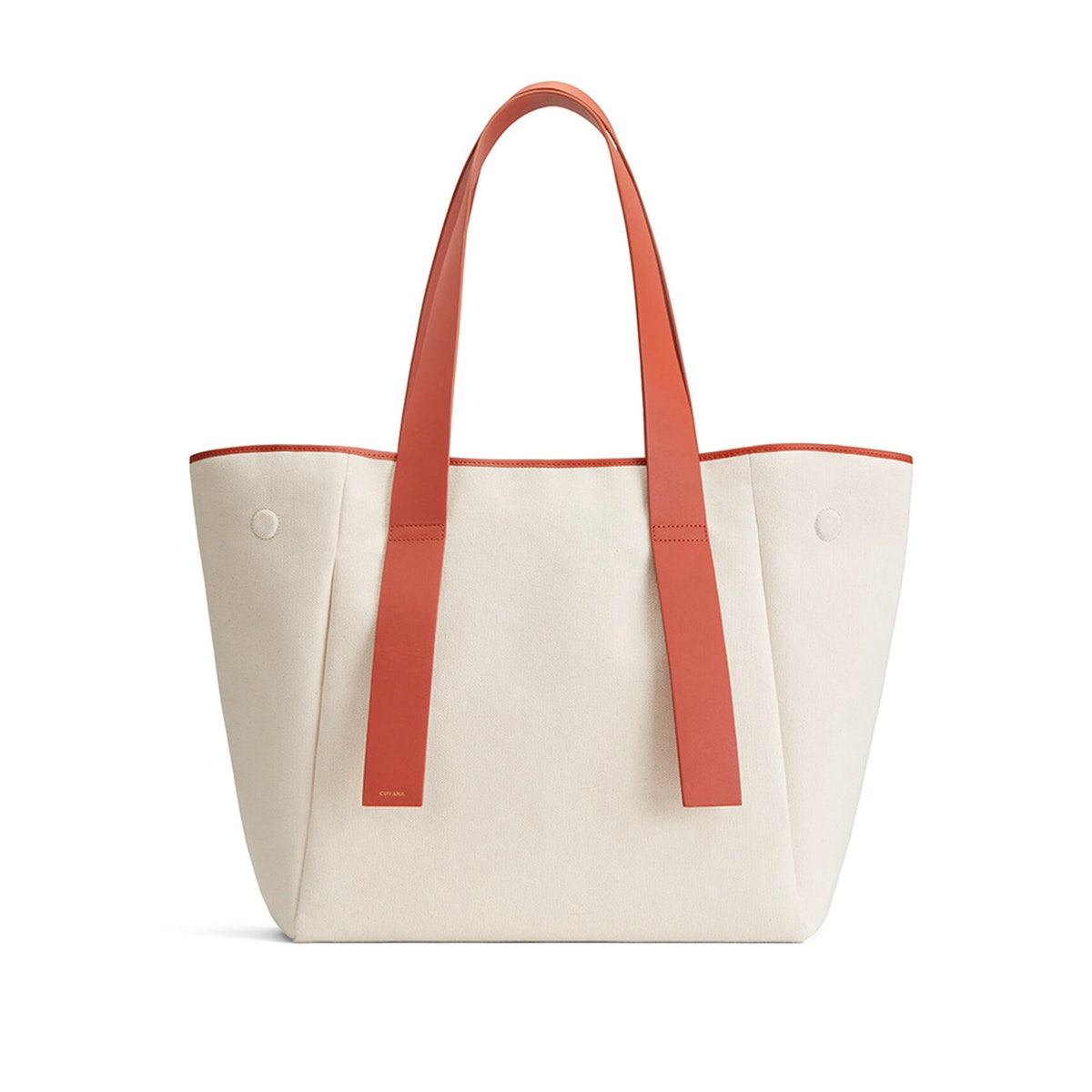
Cuyana Canvas Tote
$195Cuyana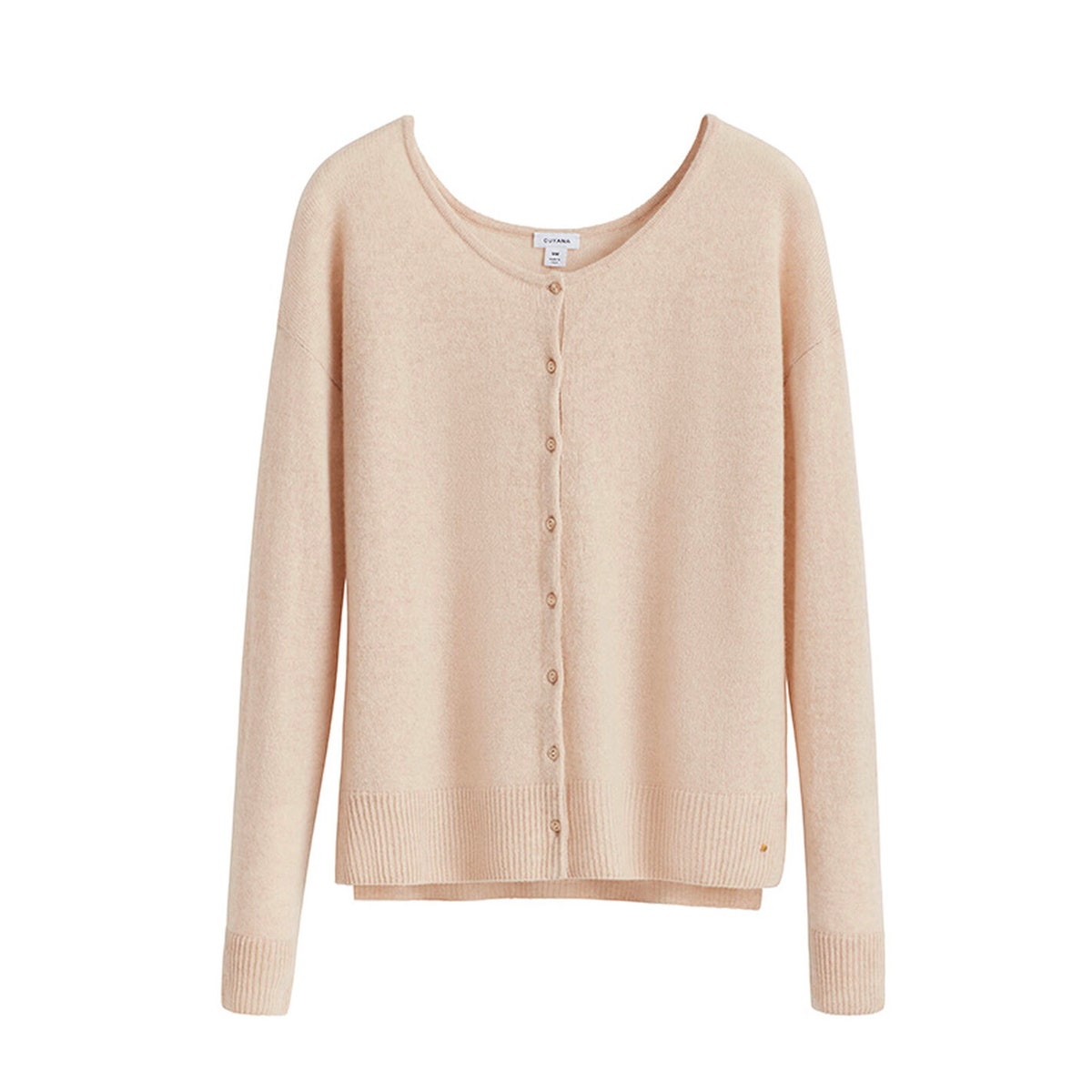
Cuyana Single-Origin Cashmere Cardigan
$225Cuyana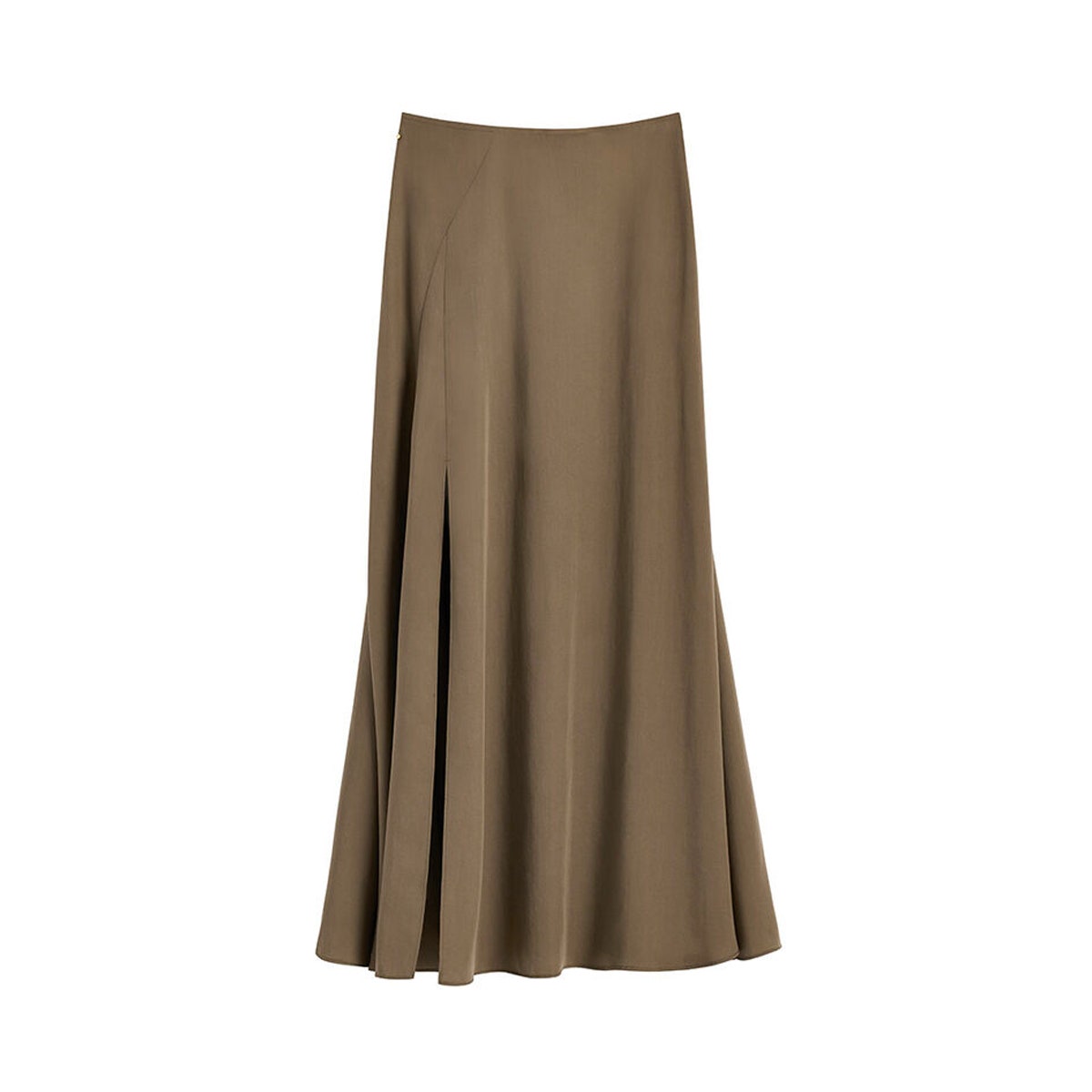
Cuyana Tencel Split Front Maxi Skirt
$145CuyanaChristina Tung, founder of SVNR
“So much of the immigrant mentality is based around practicality and resourcefulness,” Christina Tung, founder of the boutique PR agency House Of and accessories brand SVNR, tells Glamour. Tung, who grew up with her grandmother, learned early on the value of food, money, clothing, and materials. Her formative years were spent upcycling clothes or looking at ways to make things for herself. Tung's grandmother taught herself how to knit and sew, and growing up with creative women, this sense of resourcefulness was soon passed down. “We would look at the seams of a garment to understand how it’s constructed,” she says, adding that “attention to the craftsmanship made me feel like I could figure anything out.”
In addition to running a boutique agency—half of House Of's current roster is AAPI talent—this can-do attitude inspired Tung in 2018 to create jewelry for herself and her friends. “SVNR” (pronounced souvenir, from the French word) came about accidentally, but nothing about her pieces can be described as coincidental. Featuring a mix of upcycled, natural materials (think colorful stones, baroque pearls, shells, porcelain) that are then strung together in necklace form or dangling off of fishnet shoppers, it's easy to see how herupbringing has shaped her current design ethos.
Now in its third year, SVNR has received an overwhelming positive response from editors, buyers, and shoppers. How does it make her feel? “I think about my nieces a lot—and how exciting it is to see Asian women in various industries so that they don’t feel pigeonholed. [I want them] to have the confidence to pursue what interests them and brings them joy; that they feel that can be exceptional and be an exception.” In a thoughtful essay for All the Pretty Birds, Tung writes “I didn’t think it was possible to be a designer since I was five years old.”
The current news cycle has been hard to process for Tung, who's been thinking a lot about the trauma of past microaggressions. “I’ve seen it and brushed it off as “oh I’m sure, they didn’t mean it like that,” but I’m coming to realize that they did,” Tung says. Dealing with these overwhelming feelings has no-doubt been hard, but Tung says having conversations with loved ones and peers has been “enlightening, illuminating, and I think even cathartic.” In the last few months, Tung has hosted five hour-long Instagram Live conversations with friends and Asian American designers to “unpack these issues and untangle these webs of experiences—from assimilation and appropriation to myths of model minority and colorism,” she says. Stay tuned for more.
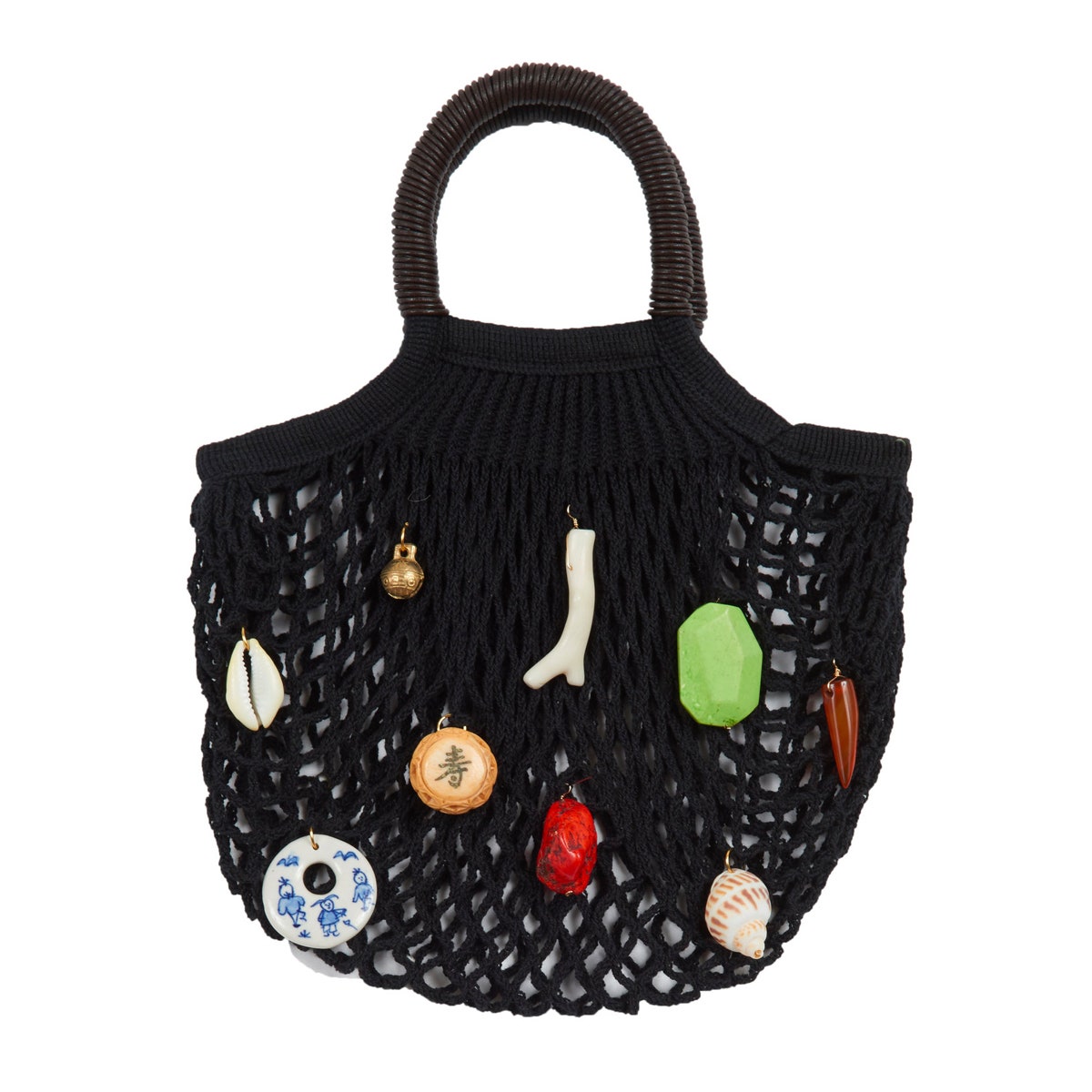
SVNR Labadee Mini Tote
$215SVNR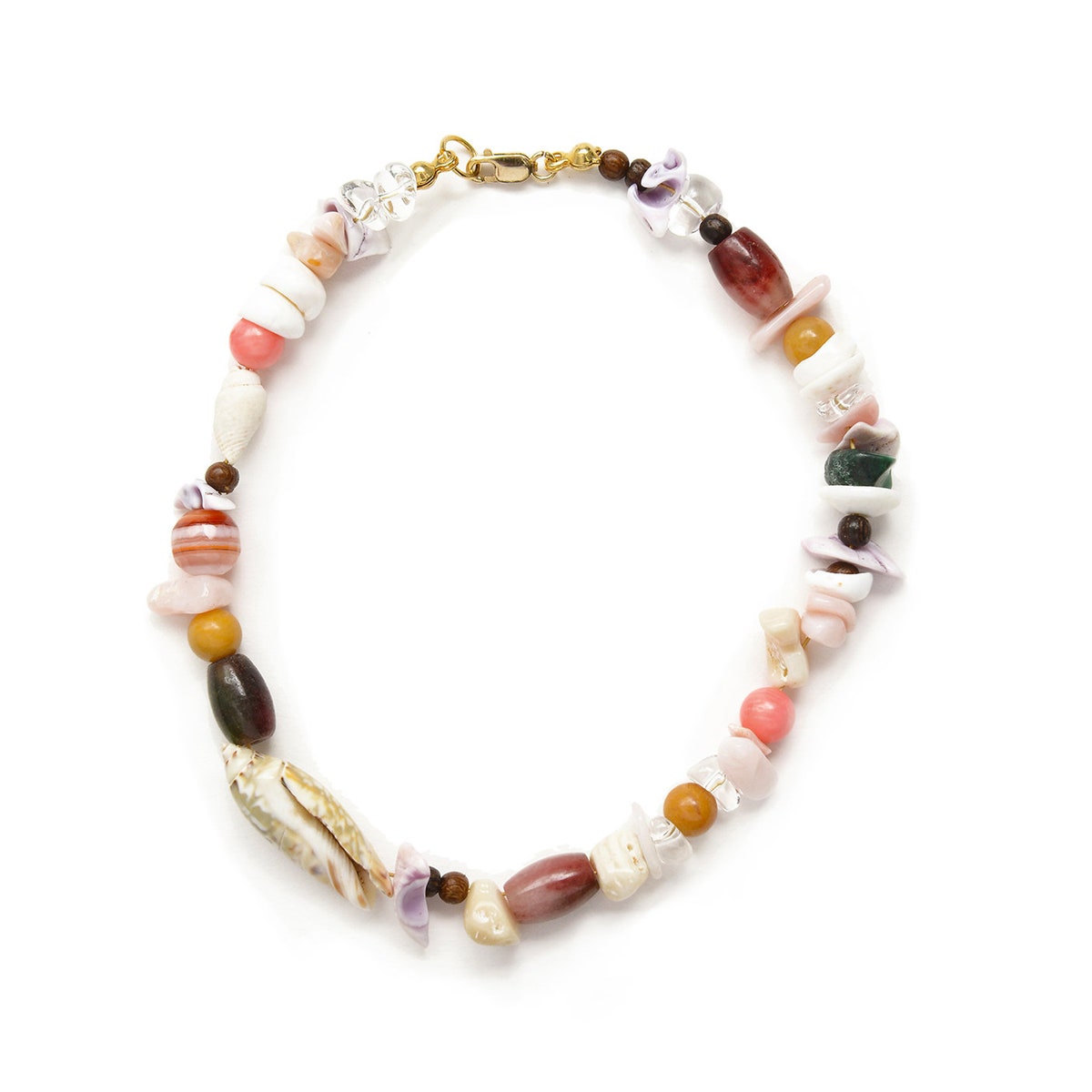
SVNR Oaxaca Necklace
$175SVNR
SVNR Jingdezhen Earring
$150SVNR
SVNR Aksaray Earring
$125SVNROlivia Cheng, founder of Dauphinette
Olivia Cheng has always loved flowers, so when asked how her heritage has shaped her vision, she says she doesn't take a highly literal approach. Instead, she likes experimenting with textiles and different types of mediums, and material and color are super important for her. Take her chainmaille tops. Made from real flowers dipped in resin (she works with a Thai sanctuary to source orchids and butterfly wings), they're a fine example of her love and approach to materials in a newfound way. Color too has been essential in shaping her brand’s identity, and Cheng says she's been drawn to bright reds for her latest collection. But not just any red. A feverish, deeply saturated shade of red with botanicals and dream state figures that remind her of the Chinese qipaos she had as a child.
Cheng, who would go often antiquing with her mother when growing up, now lives and works in New York City. She says she feels fortunate not to be the recipient of any of the recent onslaught, but she has felt concerned for her parents who live in a conservative neighborhood outside of Chicago, Illinois.
As a young designer at the helm of a small, self-funded brand, every decision Cheng takes is thought out. One such step forward came in March earlier this year, when Cheng opened up the first Dauphinette boutique in New York City's West Village. “Being able to make hiring decisions, it's so clear where the privilege begins with who gets to live downtown and work in fashion,” she says. “I'm always wondering how to to pave an even-footed path for people younger than myself.”
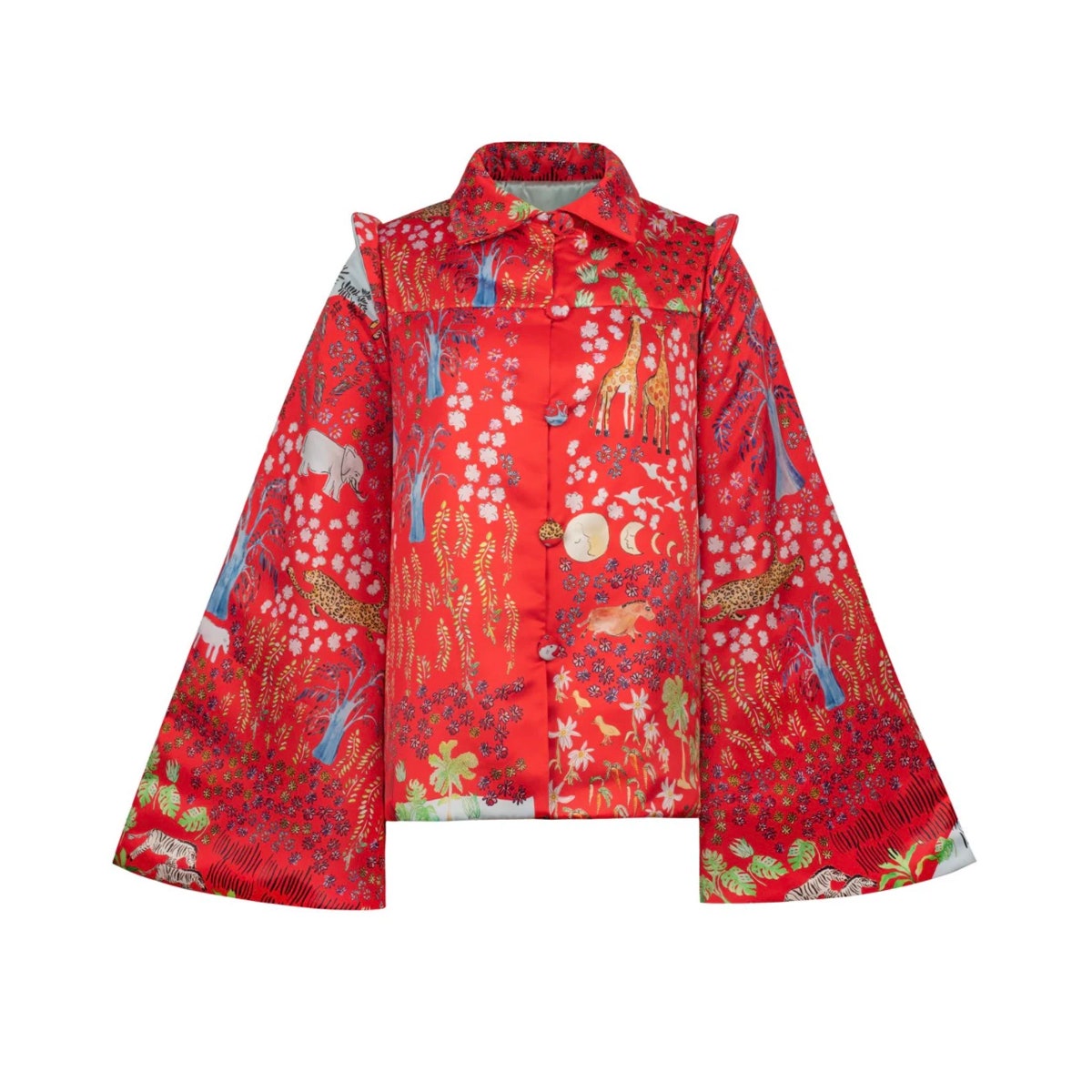
Dauphinette Short Galactic Puffer in Fever Dream
$850Dauphinette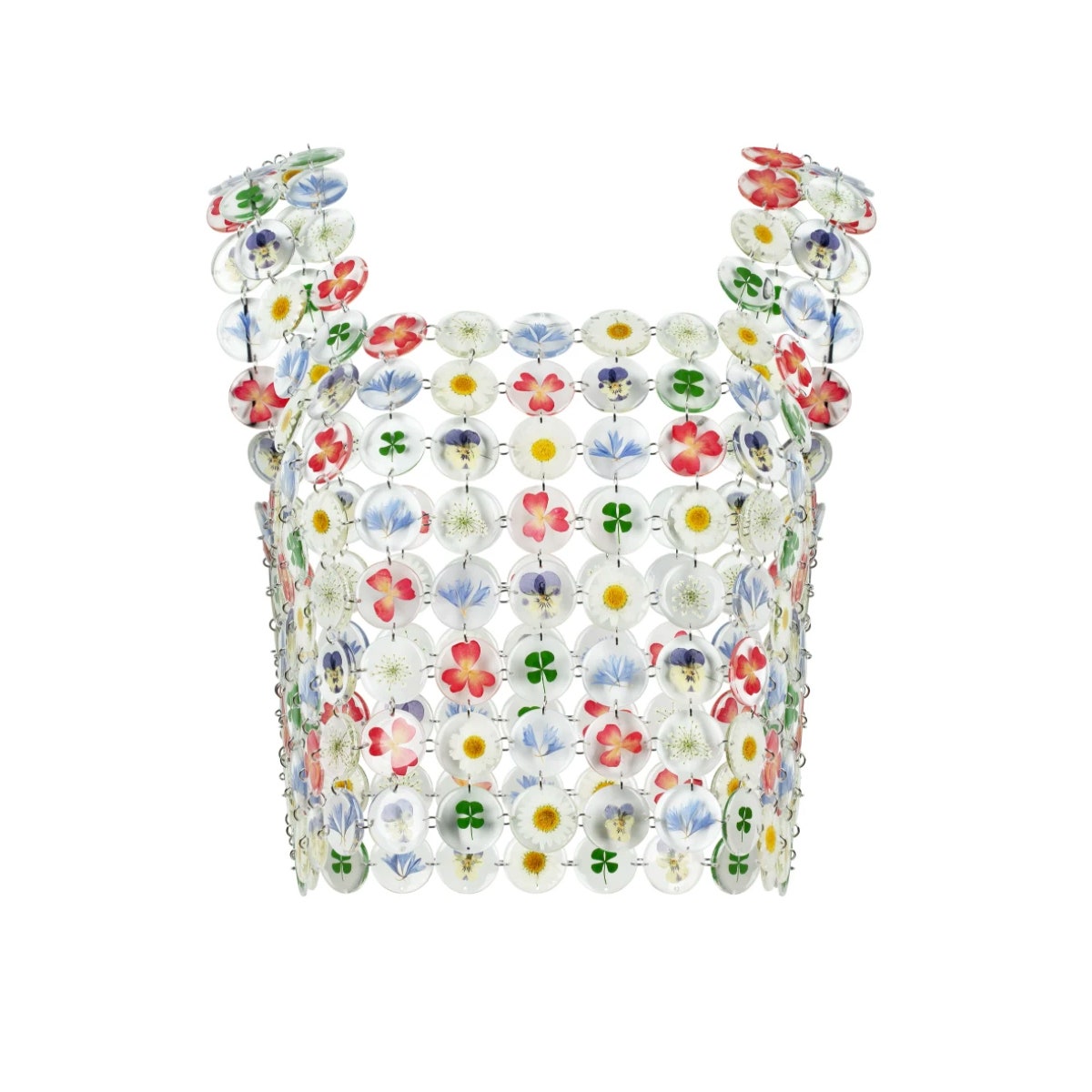
Dauphinette Multi Flora Chainmaille Top
$695Dauphinette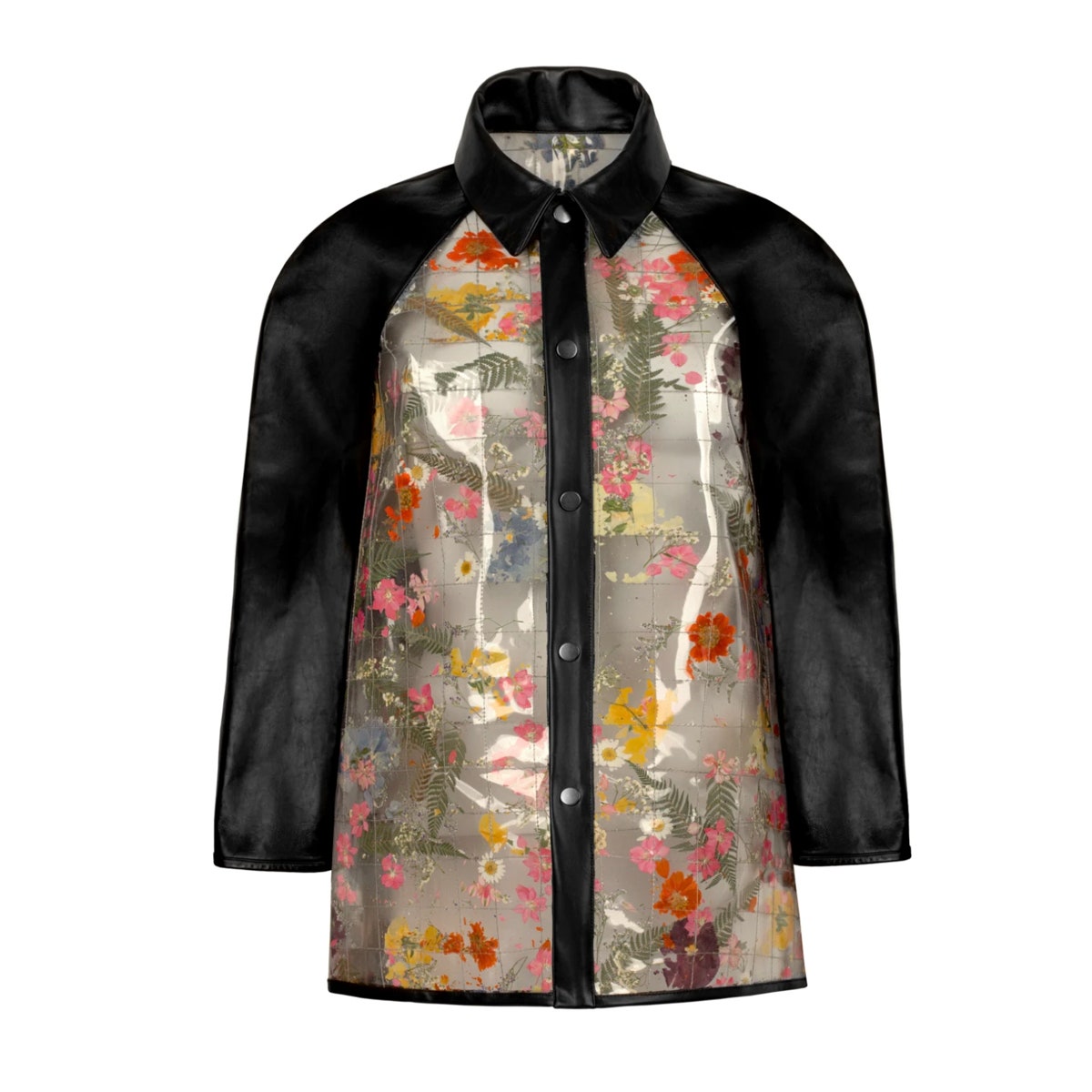
Dauphinette Crushed Garden Quilt Coat
$1,650Dauphinette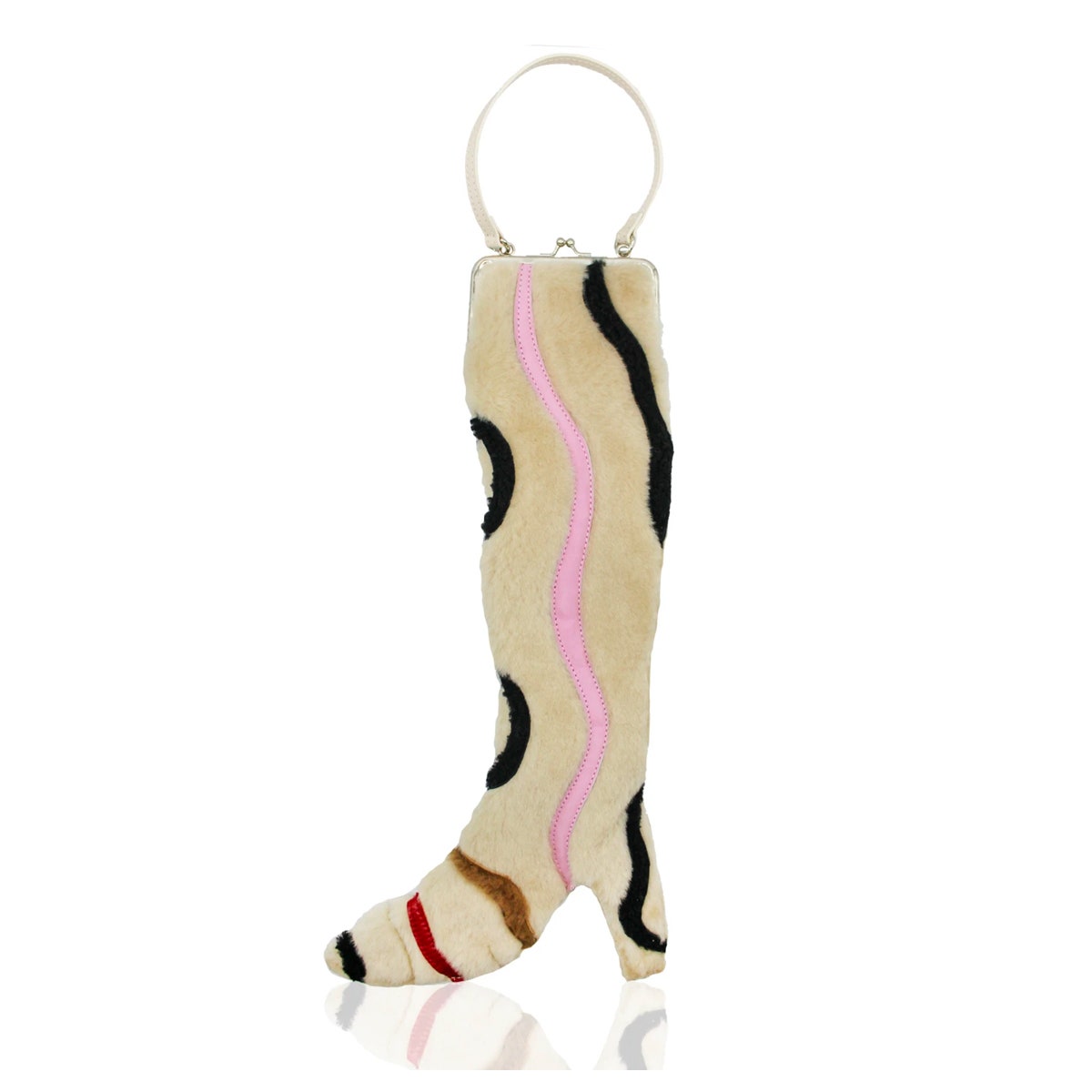
Dauphinette Swiss Roll Cuissarde
$590DauphinetteThis story originally appeared on: Glamour - Author:Talia Abbas



























